The Conquest of Mexico, Part Two
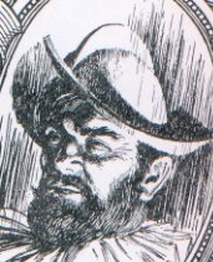 Narvaez - from Wikipedia
Narvaez - from Wikipedia "On Easter day, a little after midnight, I marched for the quarters of Narvaez... When I reached the city Narvaez had all his men in full armor, and the horses caparisoned, in complete readiness, and two hundred men guarded every square... In one of these towers were Narvaes was quartered, the staircase was defended by ninteen matchlocks; but we mounted it with such rapidity that they had not time to put fire to more than one of the pieces, which, it pleased God, did not go off, nor occasion any injury. So our men ascended the tower until they reached the apartment of Narvaez, where he and about fifty of his men fought with alguazil mayor and the rest that had gone up, and although the latter called upon them many times to surrender to your Highness, they refused until the building was set on fire, when they last gave in."
"The procession began, and everyone went into the temple patio in order to dance "The Dance of the Snake."... If anyone showed disobedience or was not in his proper order, they struck him in the hips, on the legs, and on the shoulders. Then they violently tossed him out of the patio, beating him and shoving him to the ground, and they dragged him outside with his face in the dirt by the ears... At this time, when everyone was enjoying the fiesta, when everyone was already dancing, when everyone was already singing, when song was linked to song and the songs roared like waves, in that precise moment the Spaniards determined to kill people. They came to the patio, armed for battle."
"Some tried to escape, but the Spaniards murdered them at the gates while they laughed. Others climbed the walls, but they could not save themselves. Others lay down among the victims and pretended to be dead. But if they stood up again they (the Spaniards) would see them and kill them... Then a roar was heard, screams, people wailed, as they beat their palms against their lips. Quickly the captains assembled, as if planned in advance, and carried their spears and shields. Then the battle began. (The Aztecs) attacked them with arrows and even javelins, used for hunting birds. They furiously hurled their javelins (at the Spaniards)."
"(t)he Indians had attacked the garrison on all sides, and set fire to it in many places; that they had sunk mines about it, placing our people in imminent danger; all of whom would perish, unless Moctezuma should command the hostile operations to cease... It was added, that a great part of their supplies had been forcibly seized, and that the enemy had burned the four brigantines (ships) I had built there; and finally, that our people were in extreme distress, and begged me to come to their aid with the greatest possible haste."
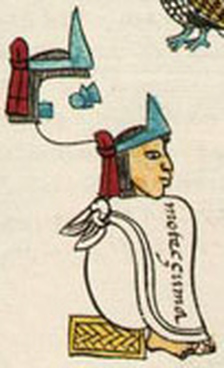 Moctezume, from the Codex Mendoza - wikipedia
Moctezume, from the Codex Mendoza - wikipedia "I caused him (Moctezuma) to be taken up, and when he reached a battlement projecting from the fortress, and sought an opportunity to address the people who were fighting in that quarter, a stone thrown by some one of his own subjects struck him on the head with so much force that he died three days later. I then gave his dead body to two indians who were amongst the prisoners and taking it upon their shoulders, they bore it away to his people; what afterwards became of it I know not."
"The Spaniards tossed the bodies of Moctezuma and Itzquauhtzin, who had died, on a place near the waters edge called Teoayoc... they hurried to take Moctezuma up in their arms and brought him to a place called Copulco. There they placed him on a wooden pyre and set fire to it... and while the body of Moctezuma burned, some people, angry and without good will, chided him... And many others cursed him, screamed, lamented, and shook their heads."
"I took all the gold and jewels belonging to your majesty... and placed them in one apartment... and I begged and desired the alcaldes, regidores, and all the people to aid me in removing and perserving this treasure; I gave up my mare to carry as much as she could bear; and I selected certain Spaniards, as well as my own servants as others, to accompany the gold and the mare..."
"And when the Spaniards arrived... it was as thought they had fallen off a precipice. They all fell... Soon the canal was completely full of them, full to the banks. But those who came at the rear just passed and crossed over on people, on bodies."
"Leaving the people who formed this advanced party, I returned to the rear, where I found troops hotly engaged; it is incalculable how much our people suffered... besides the loss of all the gold, jewels, cotton cloth, and many other things we had brought away including the artillery."
"(People) with the illness could not walk, they could only lay in their dwellings and sleeping places. They could not move; they could not stir; they could not change position, nor lie on one side, nor face down, nor on their backs. And when they sturred, they screamed. The pustules that covered people caused great desolation; a great many people died of them, and many just died of hunger; no one took care of others any longer."
Come back for Background History, Part Seven, coming December 15, 2015
Sources:
Florentine Codex - https://www.historians.org/teaching-and-learning/classroom-content/teaching-and-learning-in-the-digital-age/the-conquest-of-mexico/florentine-codex
Letters from Cortes - https://www.historians.org/teaching-and-learning/classroom-content/teaching-and-learning-in-the-digital-age/the-conquest-of-mexico/letters-from-hernan-cortes
Book: Juan Rodriguez Cabrillo by Harry Kelsey - http://www.amazon.com/Rodriguez-Cabrillo-Huntington-Library-Classics/dp/0873281764
TTC Course: Maya to Aztec Ancient Mesoamerica revealed - http://www.thegreatcourses.com/courses/maya-to-aztec-ancient-mesoamerica-revealed.html
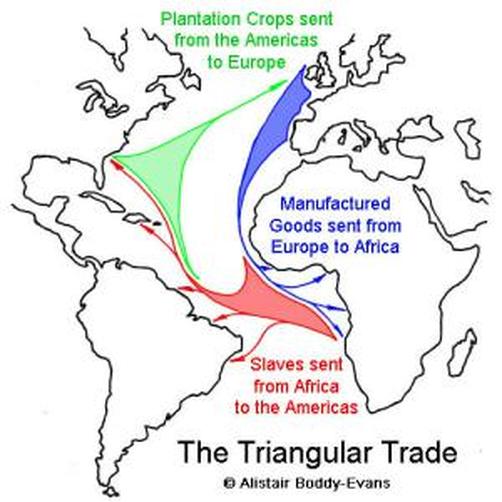
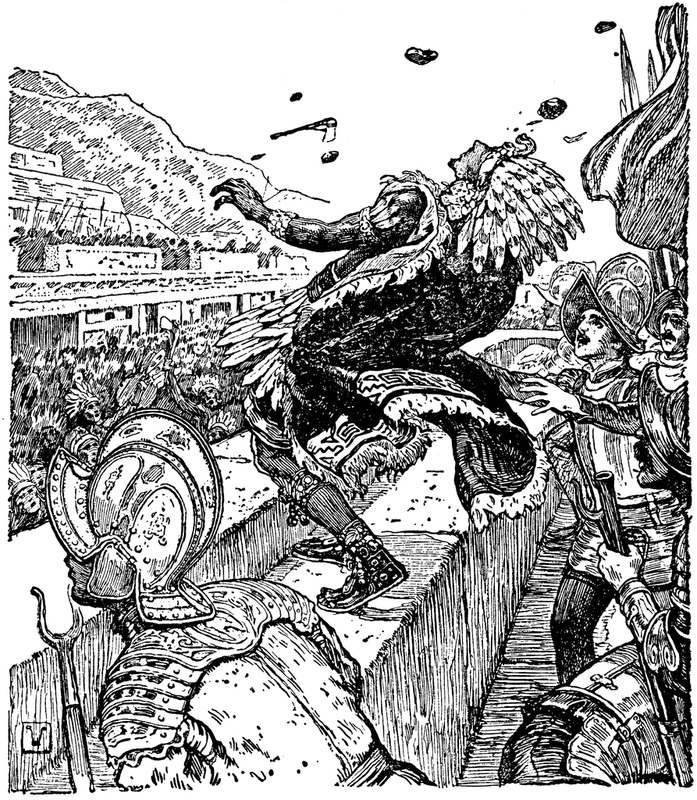
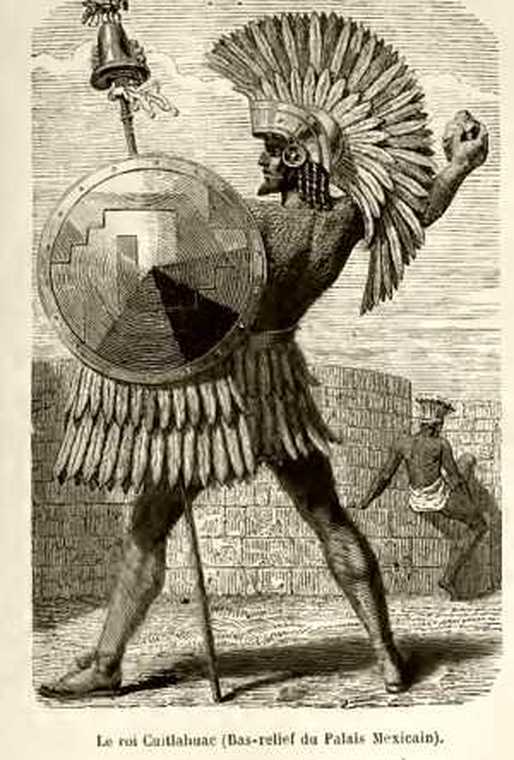
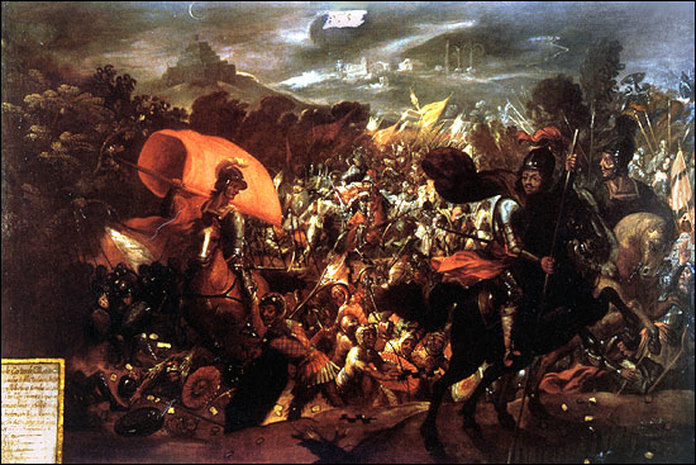
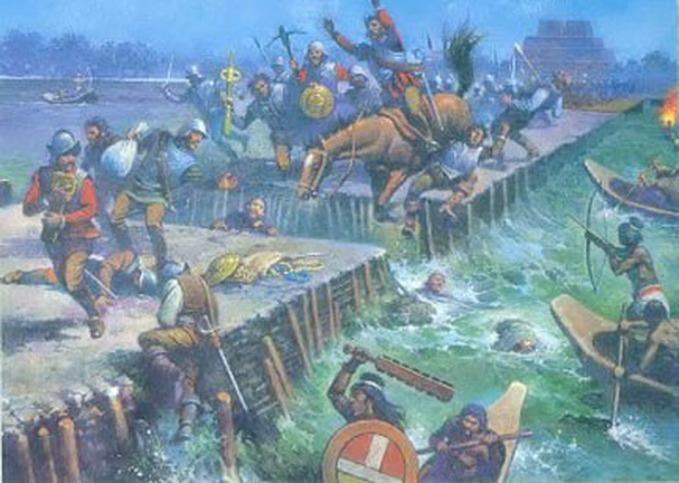
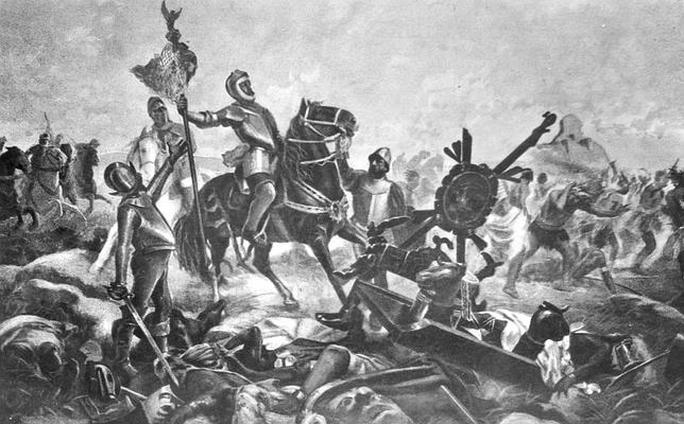
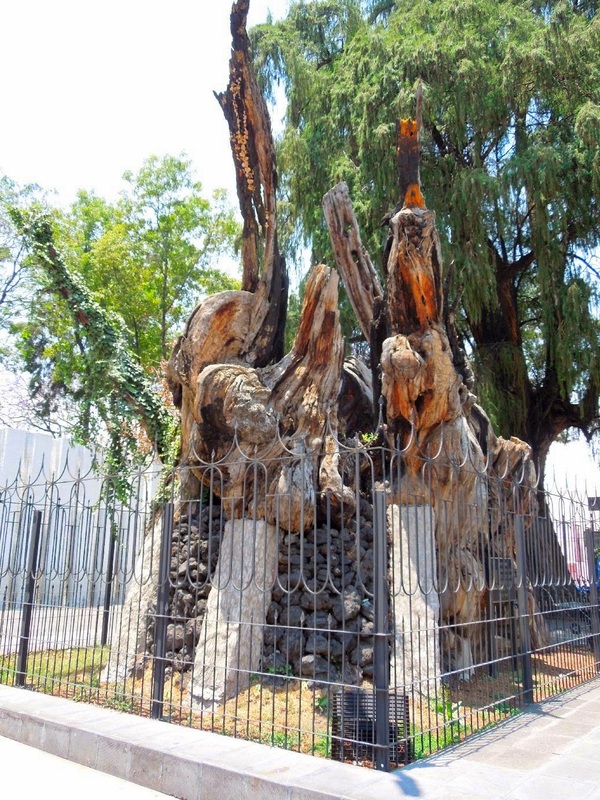
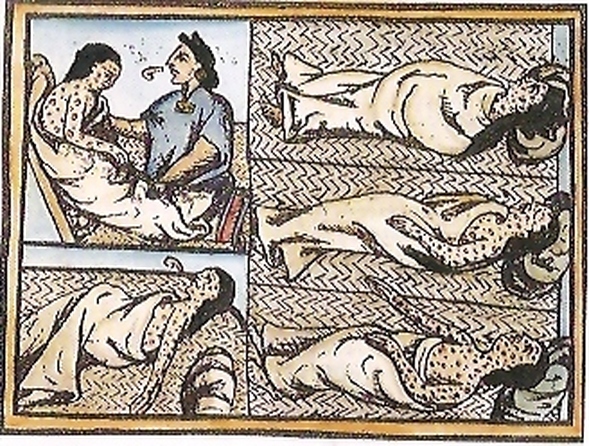
 RSS Feed
RSS Feed